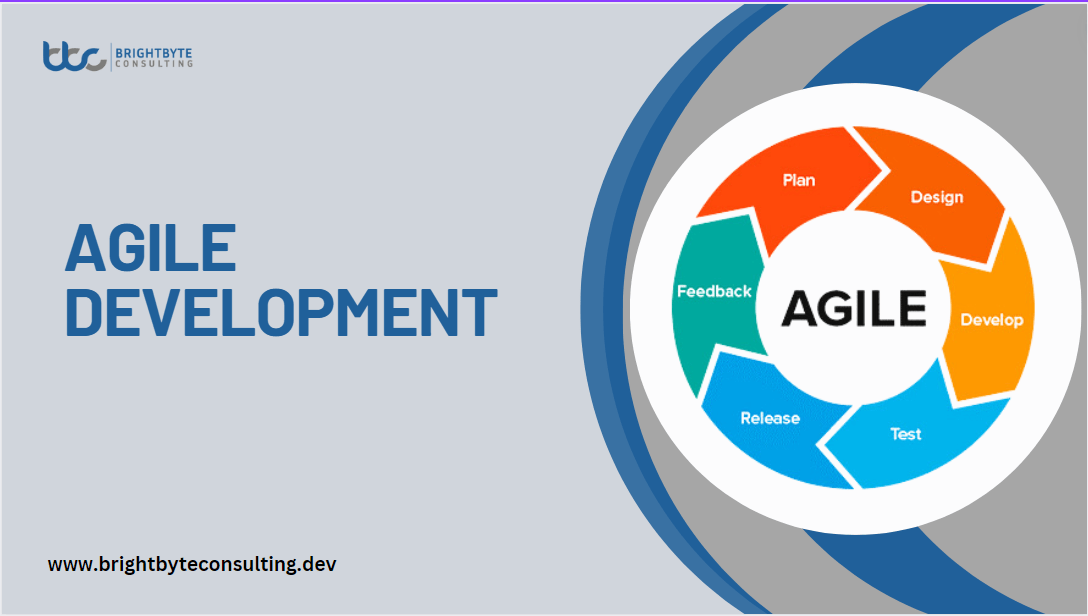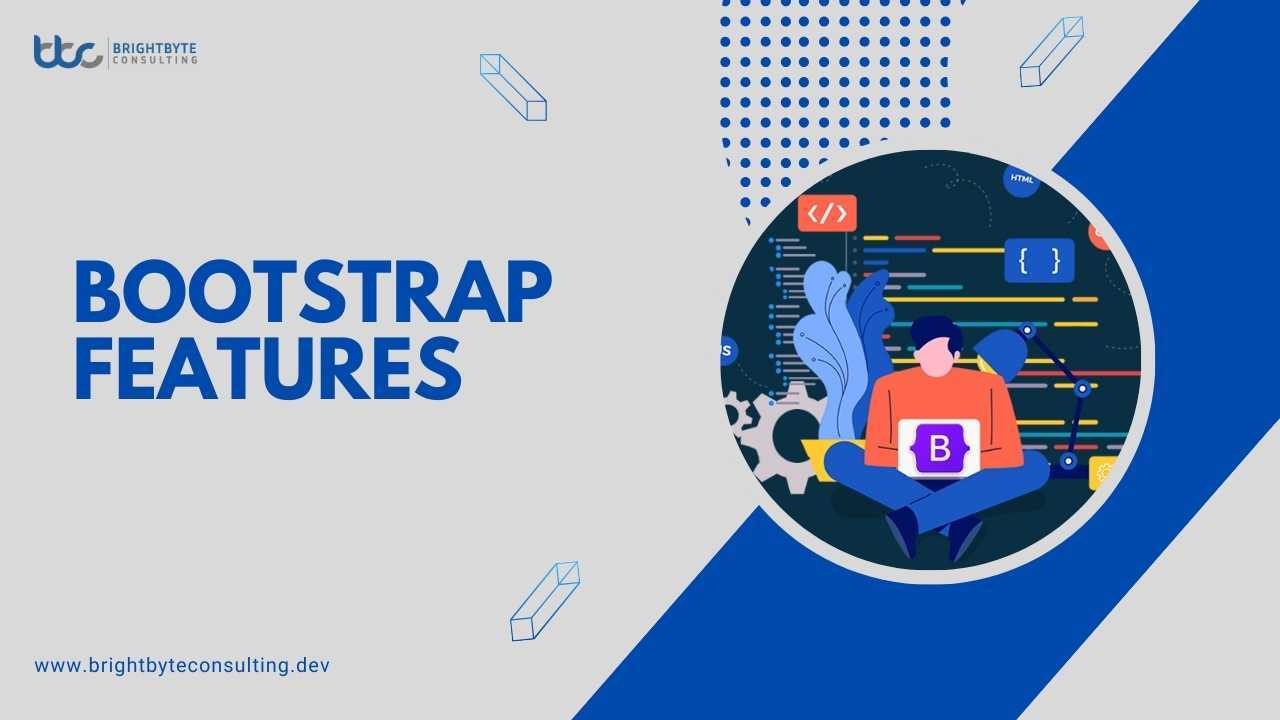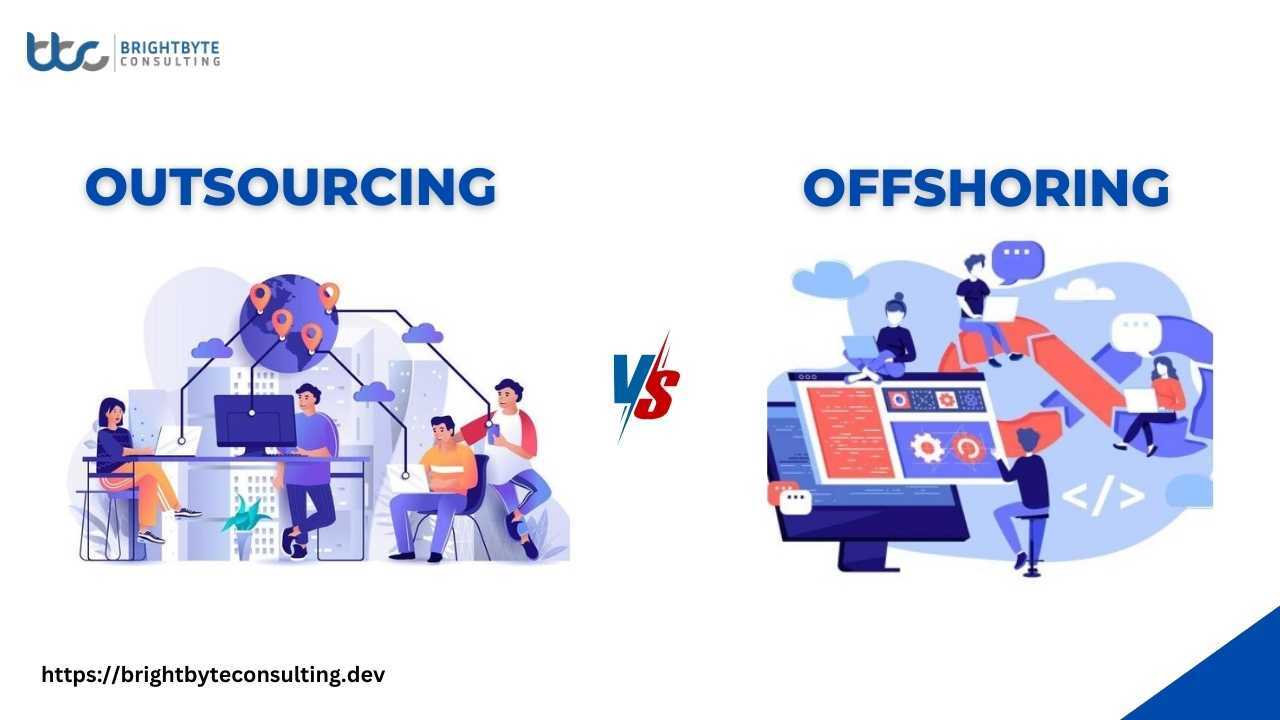In the fast-paced world of software development, staying adaptable and responsive to change is critical. Agile development, a project management methodology, has emerged as a powerful solution, offering an iterative and collaborative approach to building software. Unlike traditional, waterfall methods with rigid timelines and requirements, Agile prioritizes flexibility and continuous improvement. This blog post delves into the world of Agile development, exploring its core principles, practices, and the many benefits it offers for development teams.
Agile Development Core Values and Principles
Software development can feel like building a house with a constantly changing blueprint. New features appear, layouts need adjusting, and the initial plan becomes more of a suggestion than a roadmap. Agile development enters the scene as a knight in shining armor! This project management philosophy thrives on collaboration, continuous improvement, and the ability to adapt to change, perfectly suited for the ever-shifting world of software development.
Here’s the core of Agile: 4 values that guide your software development journey like a compass.
People Power
Agile believes in the magic that happens when talented individuals work together. Collaboration, open communication, and mutual respect are key ingredients in the Agile recipe. While processes and tools can be helpful, they should never overshadow the creativity and problem-solving abilities of the development team. Imagine a team of skilled builders working together, brainstorming solutions and tackling challenges as one.
Working Software Wins
Forget giant upfront documentation that gathers dust in a corner. Agile prioritizes delivering functional software in short bursts, like building a house one floor at a time. Get a core product out early, gather feedback from real users, and iterate based on their input. This allows for course correction and ensures the final product is truly valuable.
Customers in the Driver’s Seat
No more building software in isolation and hoping it meets the customer’s needs! Agile fosters close collaboration with customers throughout the development process. Regular interactions and feedback loops ensure that the project stays on target and delivers the value customers expect. Imagine co-creating the house with the homeowner, fine-tuning the design based on their preferences and ensuring it meets their needs and lifestyle.
Embrace Change, It’s Inevitable
New features, shifting priorities, evolving technologies change is a constant companion in software development. Agile welcomes change with open arms! The flexible nature of Agile methodologies allows teams to adapt plans quickly and respond effectively to these changes. Think of building a house that can accommodate future additions or modifications, ensuring it remains functional and relevant over time.
These core values are the foundation of Agile development. By understanding and embracing them, software development teams can navigate the complexities of modern projects and deliver high-quality, customer-centric solutions in a fast-paced world.
Agile Development Practices
We explored Agile’s core values, but how do they translate into real-world software development? Enter Agile practices – our super tools! These techniques empower teams to implement Agile principles and deliver high-quality software at record speed.
Agile practices, a combination of strengths and adaptable to each project’s needs, are the foundation of a superhero team. Let’s suit up and explore some key Agile practices:
Sprints
Think of these as intense bursts of focused energy. Work is broken down into short, time-boxed cycles (typically 1-4 weeks) called sprints. Each sprint tackles a specific set of features, allowing for frequent delivery of valuable working software.
Scrum
This popular Agile framework is like a seasoned team leader. It provides a clear structure for your sprints. Daily stand-up meetings keep everyone informed, a prioritized backlog functions as your superhero to-do list, and sprint reviews and retrospectives help assess achievements and identify areas for improvement.
Kanban Boards
Imagine a giant whiteboard filled with sticky notes? That’s Kanban! This visual system tracks tasks through different stages (e.g., To Do, In Progress, Done). It provides a clear view of progress and helps identify bottlenecks.
Daily Stand-up Meetings
These quick daily meetings are like a superhero team huddle. Team members update each other, share roadblocks, and ensure everyone’s aligned on priorities.
Backlog Refinement
The backlog, your superhero to-do list, needs constant attention. Backlog refinement is an ongoing process where teams prioritize and fine-tune features to ensure they remain relevant and aligned with project goals. Think of it as regularly sharpening your superhero tools to stay effective!
Benefits of Agile Development
By embracing Agile practices, development teams can unlock a multitude of benefits:
- Increased Speed and Efficiency: Projects are delivered in smaller, working increments, leading to faster feedback loops and quicker time to market.
- Enhanced Customer Satisfaction: Continuous collaboration with clients ensures projects stay aligned with their needs and expectations.
- Improved Flexibility and Adaptability: Agile teams can readily adapt to changes in requirements or market conditions.
- Higher Quality Software: Frequent testing and integration throughout the development process lead to the delivery of higher quality software with fewer bugs.
- Boosted Team Morale: Collaborative environment fostering communication and ownership within the development team.
Agile Development Challenges
While Agile offers numerous advantages, it’s important to acknowledge potential challenges:
- Discipline and Commitment: The success of Agile hinges on a dedicated team committed to collaboration and continuous improvement.
- Not Suitable for All Projects: Very large or complex projects with strict compliance requirements might not be ideal candidates for Agile.
- Managing Scope Creep: Agile prioritizes flexibility, so managing scope creep and ensuring project goals remain focused requires strong communication and planning.
Agile Development: A Roadmap for Your Team
Ready to embrace Agile development and empower your team to create high-quality software in a fast-paced world? If you’re considering adopting Agile, here are some steps to get your team started:
- To embrace Agile development, equip your team with a solid understanding of its core values and principles.
- Choose an Agile partner like Scrum or Kanban based on project needs and team dynamics.
- Customize your Agile workflow, defining sprint lengths, backlog management techniques, and communication protocols.
- Embrace transparency and encourage open dialogue within the team and stakeholders. Continuously assess your approach and adapt based on experience and project needs.
By following these steps and embracing the core values of Agile development, you can empower your team to navigate the exciting world of software development and deliver exceptional results. Stay tuned for future posts where we’ll delve deeper into specific Agile practices and tools to help you bring your Agile A-game!
Agile Development: More Responsive and Collaborative Future
Agile development isn’t just a methodology; it’s a cultural shift. It empowers teams to thrive in a dynamic environment, fostering innovation and a focus on delivering value to customers. Here are some additional points to consider:
Beyond Software Development
The principles and practices of Agile are not limited to software development. Agile methodologies can be adapted to various project types, including marketing campaigns, product design, and even internal business processes.
Tools and Resources for Agile Teams
There are numerous Agile Development tools and resources available to support agile development teams. These include project management platforms like Jira and Asana, collaboration tools like Slack or Microsoft Teams, and online resources with Agile templates and best practices guides.
The Future of Agile
Agile development is constantly evolving, with new frameworks and practices emerging. However, the core principles of flexibility, collaboration, and continuous improvement remain at the heart of this methodology. As technology and customer expectations continue to evolve, Agile will likely play an even more significant role in the future of project management.
Conclusion
Agile development provides a powerful framework for navigating the ever-changing world of software development and beyond. By embracing its core values and practices, teams can unlock increased speed, flexibility, and the ability to deliver high-quality solutions that meet customer needs. If you’re looking for a way to boost your team’s effectiveness and adaptability, Agile development is definitely worth exploring. So, take a step towards a more responsive and collaborative future; embrace the power of Agile!
FAQs
What is Agile development?
Agile development is a project management methodology that prioritizes flexibility, collaboration, and continuous improvement to deliver high-quality software faster.
What are the core values of Agile?
The core values of Agile include individuals and interactions over processes and tools, working software over comprehensive documentation, customer collaboration over contract negotiation, and responding to change over following a plan.
What are some common Agile practices?
Common Agile practices include sprints, Scrum framework, Kanban boards, daily stand-up meetings, and backlog refinement.
What are the benefits of Agile development?
Benefits of Agile development include increased speed and efficiency, enhanced customer satisfaction, improved flexibility and adaptability, higher quality software, and boosted team morale.
Is Agile suitable for all projects?
Agile may not be suitable for very large or complex projects with strict compliance requirements. It requires discipline and commitment from the team and is best suited for projects where requirements are likely to change.











